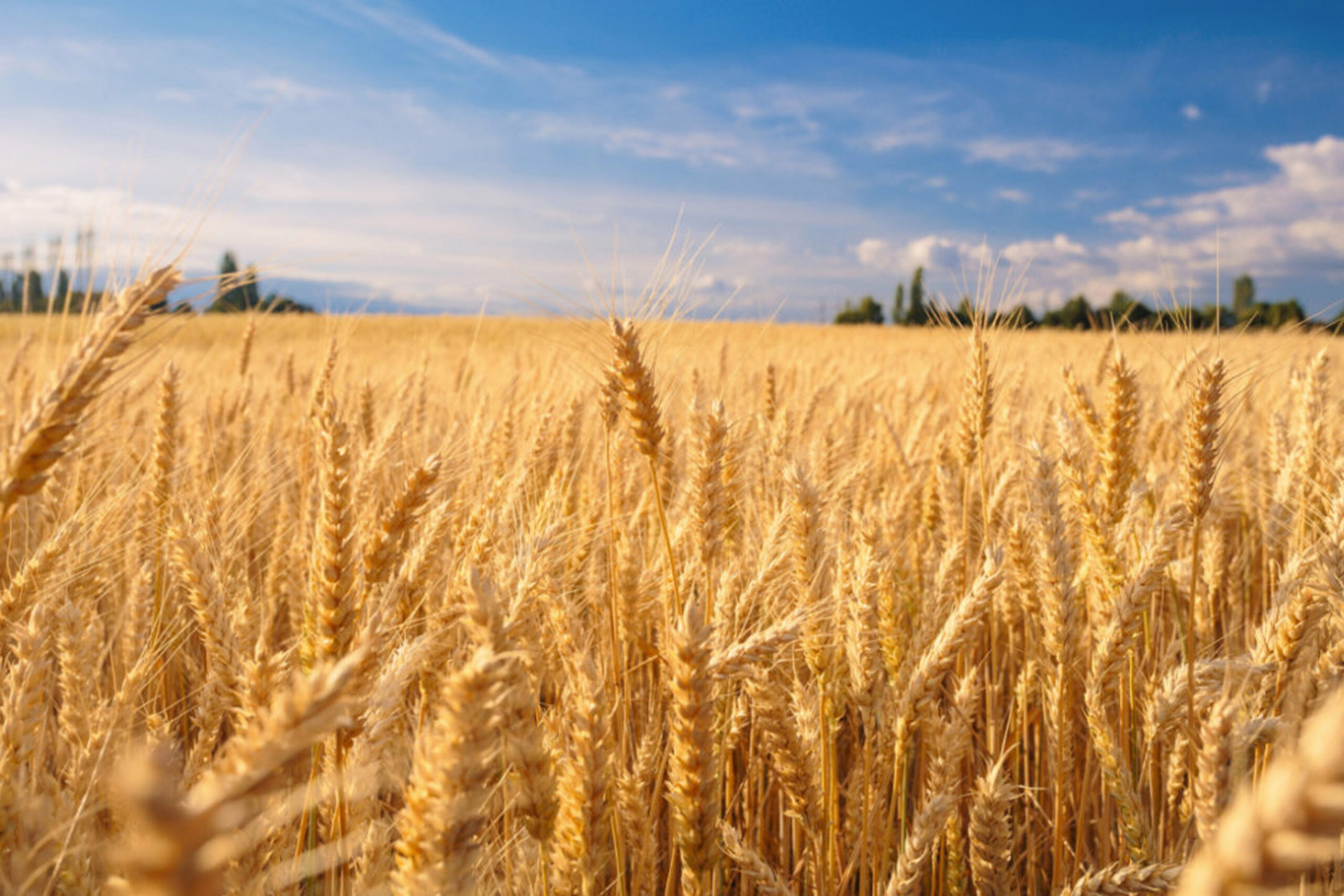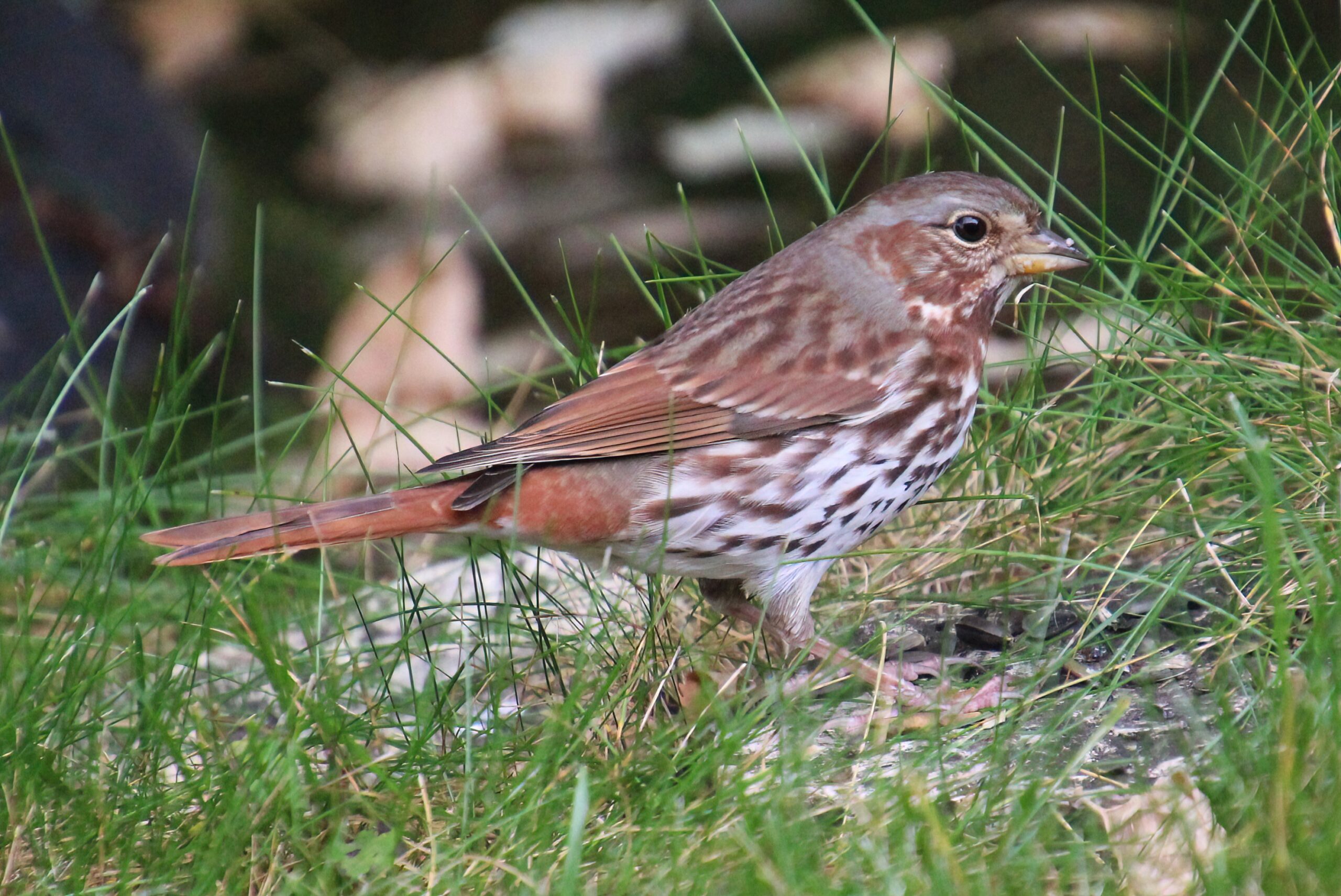From the time seeding is complete until harvesting is over, arable farmers worry about the state of their crops. Will there be too much or too little rain? Will the growing conditions increase or decrease the problem of crop disease? Can something else be done to increase crop yield? Enter dogs, stage right!
In previous articles we’ve looked at dogs’ amazing sense of smell. Dogs have an innate ability to detect scents, and with training, they can pinpoint, amongst other things, explosive materials, drugs, missing people, and human remains. This is due to the over 300 million olfactory sensors in their noses. So, researchers began to wonder if dogs’ amazing olfactory powers could help with the detection of disease in crops. And, to their delight, they have discovered that they can!
The Agriculture Financial Services Corporation posted an article on-line for June 2021 entitled “Exploring Dogs’ Power to Detect Crop Diseases”. In this article it explains that “Research projects are ongoing around the world to explore dogs’ abilities to detect a number of plant pathogens, including laurel wilt in avocados and citrus greening in oranges, limes and other citrus fruit.” In our part of the world, Mike Harding, a plant pathologist with Alberta Agriculture and Forestry, conducted a project in 2019 to determine if dogs could detect the presence of clubroot galls in a controlled environment and in a field setting. One disease, clubroot on canola, was chosen because, as Harding explained, “we often detect this disease way too late, because we can’t see the symptoms. Maybe the dogs could essentially see underground with their noses and detect these symptoms early.’”
The project team was made up of dog trainers Mario Bourque and Bill Grimmer and “Farming Smarter” General Manager Ken Coles. Harding provided the scent material and plant expertise, Bourque and Grimmer the dog-training experience, while Coles helped coordinate the project financially and oversaw the administration of the project. Josie and Adi, two dogs selected by Grimmer, provided their scent detection skills.
“The exciting part for our study was that it is really, really clear that the dogs can recognize the scent of clubroot galls,” said Harding. “In the clinical studies that we did (meaning that the dogs were in a room with eight jars, one of which had the scent material), they could identify the clubroot 100 per cent of the time.”
“Once they’d been trained to what scent they were supposed to alert to, they got it right every single time.”
“When we took them out to the field, there were a lot more distractor scents and other distractions and so when we took them out to the field the first day, their success rate was less than 50 per cent,” explained Harding.
“But by the end of the second day, it was closer to 90 per cent.”
Harding said there is potential for their findings to lead to additional study and testing depending on interest and need within the agriculture industry. This includes using dogs to scout for other crop diseases, inspecting warehouses and storage facilities for diseases of concern, and inspecting equipment or soil for the presence of plant pathogens, including clubroot.
Dogs have been part of farm life for many years, mainly with their ability to work closely with farmers on animal husbandry. Maybe, by harnessing their natural olfactory sense, we can see a new type of farm help develop.






